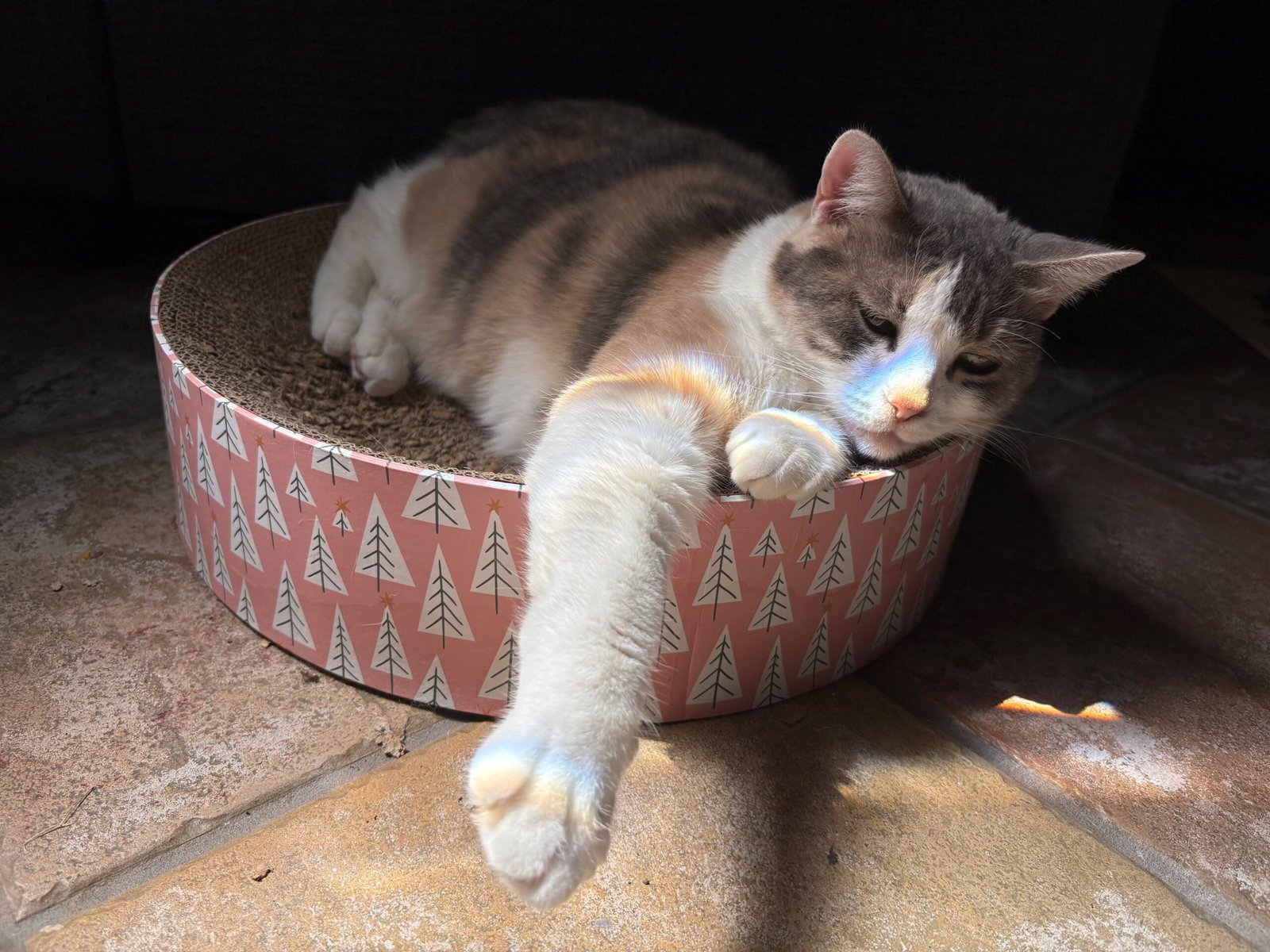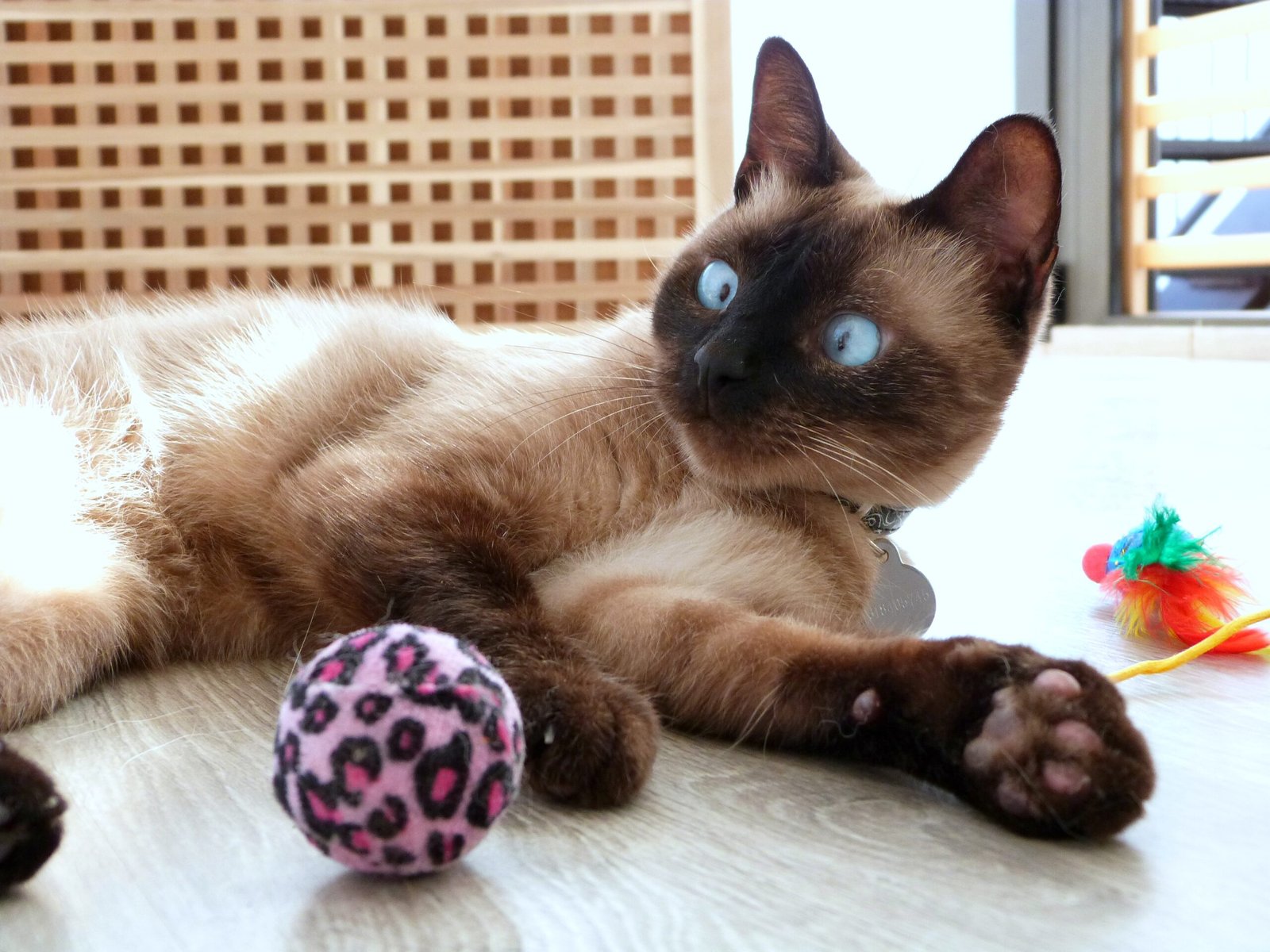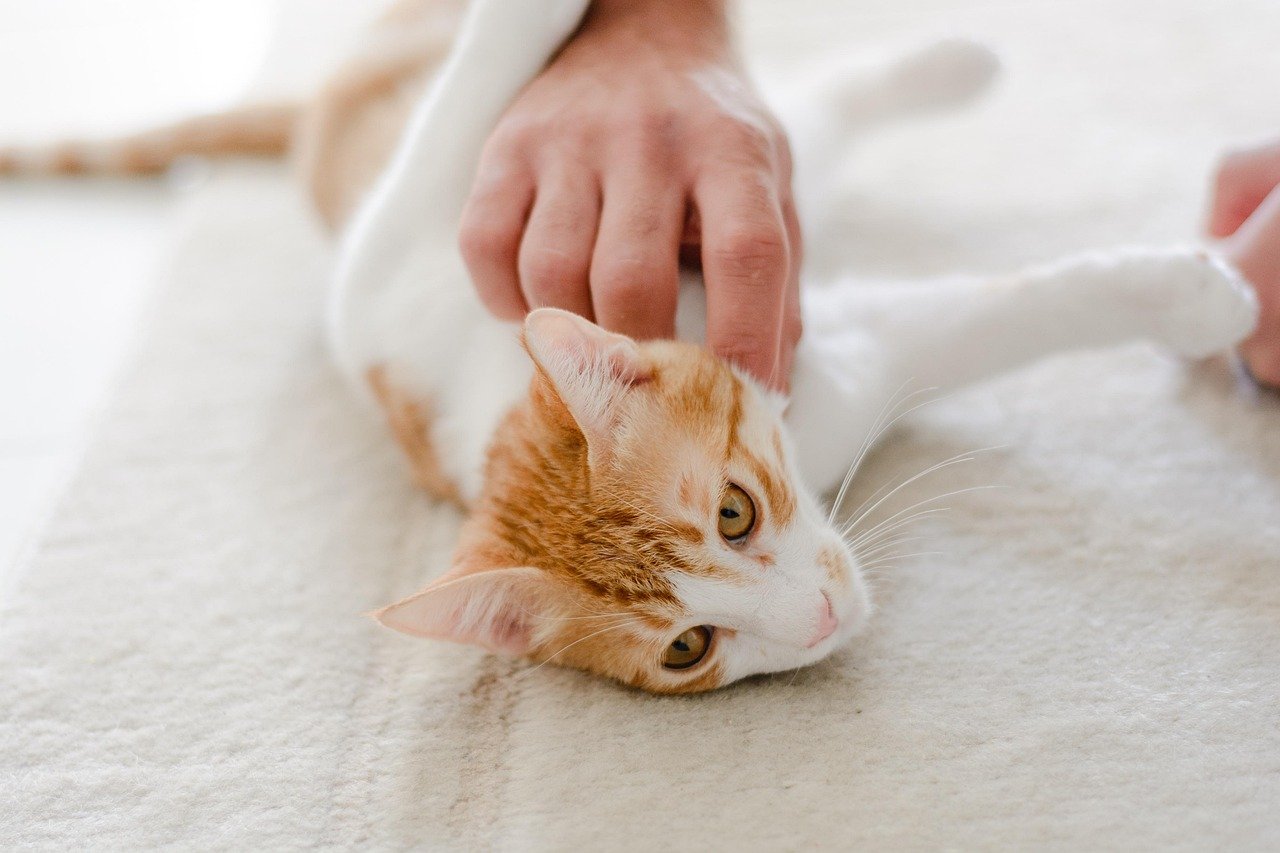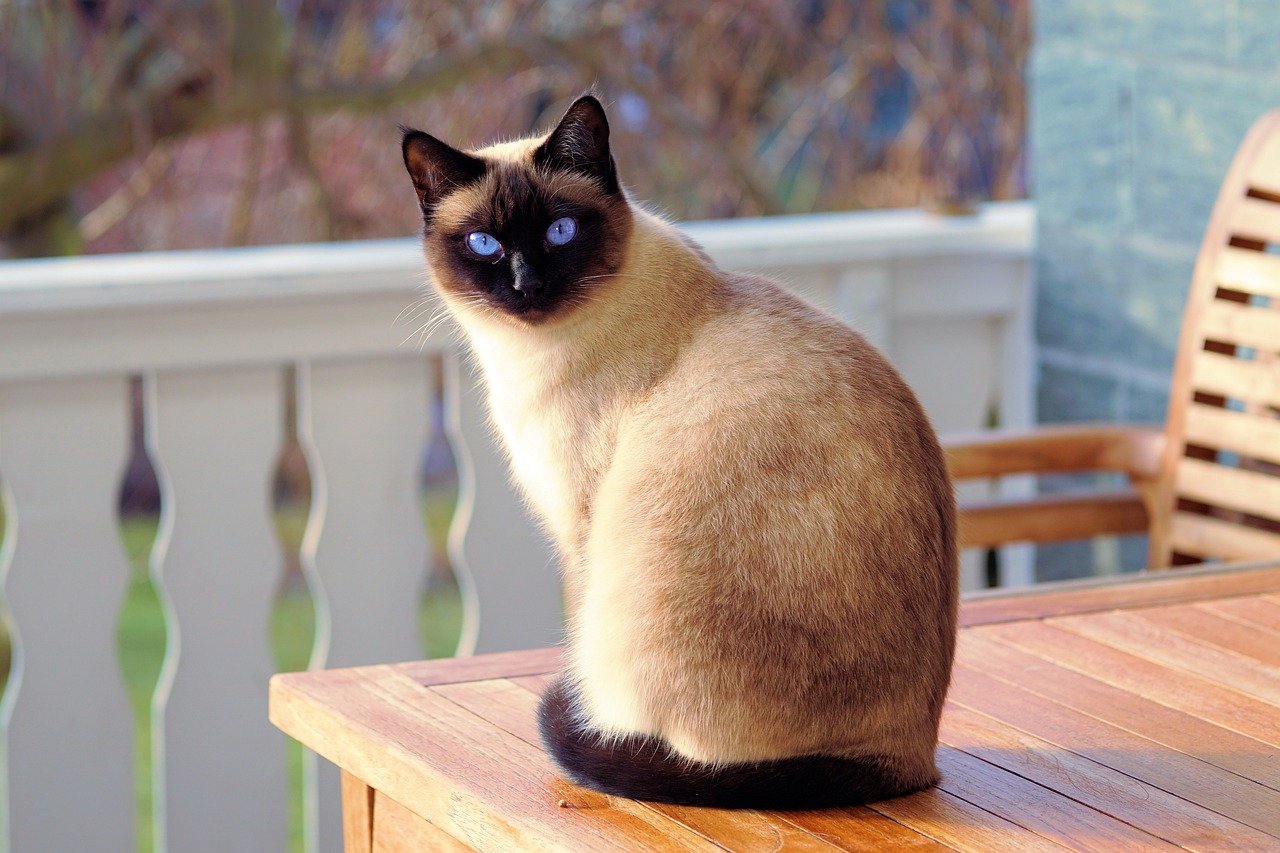Cats, those mysterious and graceful creatures, have a world of their own. For those who share their lives with a feline friend, you know just how peculiar and set in their ways they can be. While they might seem aloof and independent, cats actually thrive on routine. But what happens when that routine is altered frequently? Let’s delve into what occurs when a cat’s daily routine is disrupted too often.
The Importance of Routine for Cats
Cats are creatures of habit. Much like humans, they find comfort in predictability. Their daily routine gives them a sense of security and control over their environment. A stable routine can help prevent stress, anxiety, and behavioral issues. Imagine if your day was constantly changing without notice; it would certainly be unsettling. For cats, regular feeding times, play sessions, and nap schedules are vital for their well-being.
Stress and Anxiety: The Unseen Consequences
When a cat’s routine is frequently changed, it can lead to increased stress and anxiety. Cats, unlike dogs, don’t adjust well to sudden changes. They may become skittish, hide more often, or even become aggressive. Just as a human might feel anxious when their routine is disrupted, cats feel the same way. It’s their way of saying, “Something’s not right.” This stress can manifest in various ways, affecting their overall health and behavior.
Behavioral Changes: More Than Meets the Eye

Frequent changes in routine can lead to noticeable behavioral changes in your cat. You may find that your once cuddly cat now avoids social interactions or becomes overly clingy. Some cats may begin to vocalize more, while others might go silent. These changes are their way of communicating their discomfort. It’s essential to recognize these signs and understand that they stem from a disrupted routine.
Eating Habits: The Ripple Effect

A change in routine can significantly impact a cat’s eating habits. Cats thrive on regular feeding schedules, and altering these times can lead to overeating or undereating. An anxious cat might refuse to eat, leading to a host of health problems. Conversely, some cats might eat more out of stress, similar to humans stress-eating during tough times. Maintaining a consistent feeding schedule can prevent these issues.
Sleep Disruptions: Not Just for Humans
Cats are known for their love of sleep, often clocking in 12-16 hours a day. When their routine is disrupted, it can lead to sleep disturbances. A cat might find it difficult to settle down or may sleep more during the day and become restless at night. This can lead to a cycle of sleep deprivation, affecting their mood and behavior. Just like humans need a good night’s sleep to function, cats need their beauty rest too.
Health Implications: Beyond the Surface
The stress caused by a disrupted routine can have profound health implications for cats. Stress can weaken their immune system, making them more susceptible to illnesses. Chronic stress can also lead to urinary tract issues, skin problems, and digestive disorders. Ensuring a stable routine can help maintain their physical health and prevent these stress-induced ailments.
Bonding and Trust: Building the Bridge
A stable routine can strengthen the bond between you and your cat. Cats need to trust their environment and their human companions. Frequent changes can erode this trust, making your cat feel insecure. By maintaining consistency in their routine, you reassure them that they are safe and loved. This trust is the foundation of a strong and lasting relationship with your feline friend.
Playtime: Consistency is Key

Playtime is an essential part of a cat’s routine. It provides physical exercise, mental stimulation, and strengthens the bond between you and your cat. Changing playtime too often can lead to boredom or frustration. Cats look forward to their play sessions, and consistency ensures they get the exercise and interaction they need. Think of it as their daily workout; it’s crucial for their overall well-being.
Litter Box Habits: The Delicate Balance
A cat’s litter box habits can be affected by changes in routine. Cats are meticulous creatures, and any disruption can lead to litter box issues. They might refuse to use the box or have accidents outside it. Maintaining a consistent cleaning schedule and location for the litter box can prevent these problems. Remember, a clean and familiar litter box is essential for their comfort.
Social Interactions: The Impact of Change

Cats have their unique social needs, and changes in routine can affect their interactions with others. A disrupted routine might make them more withdrawn or overly aggressive with other pets or humans. They rely on their routine to feel safe in social situations. By ensuring consistency, you help them navigate their social world with confidence and ease.
Understanding Your Cat’s Cues
Cats are excellent communicators, though not always in the ways we expect. They give subtle cues when something is amiss. By observing their body language, vocalizations, and behavior, you can gauge how they’re reacting to changes in routine. Understanding these cues is vital in addressing any issues that arise from a disrupted routine. It’s like reading a book; you need to pay attention to the details.
Adapting to Changes: The Gentle Approach

While cats prefer consistency, life sometimes demands change. If a change is necessary, it’s essential to introduce it gradually. Sudden shifts can be overwhelming for your cat. By making small adjustments over time, you allow them to adapt without feeling stressed. Think of it as slowly acclimating to a new environment; it takes time and patience.
The Role of Environment: Creating a Sanctuary
A cat’s environment plays a significant role in how they handle changes in routine. A safe and familiar space can help them feel secure even when other aspects of their routine are altered. Providing cozy hideaways, interactive toys, and familiar scents can ease the transition. It’s like having a comforting blanket; it offers reassurance during uncertain times.
Feeding Consistency: More Than Just Meals

Feeding your cat at regular intervals is more than just ensuring they’re fed. It’s a part of their daily rhythm. Cats anticipate their meals, and consistency in feeding times helps them feel secure. By sticking to a routine, you prevent issues like overeating or anxiety-related eating. It’s akin to having regular meal times for humans; it establishes a sense of normalcy.
The Benefits of Routine: A Happy Cat
A stable routine offers numerous benefits for your cat. It reduces stress, promotes good health, and strengthens your bond. Cats are happier and more content when they know what to expect. By providing consistency, you’re ensuring they lead a fulfilling life. It’s like having a roadmap; it guides them through their day with confidence.
The Impact on Multi-Cat Households

In households with multiple cats, changes in routine can be even more challenging. Each cat has its unique personality and needs. A disrupted routine can lead to conflicts, territorial disputes, or increased stress among the cats. By maintaining consistency, you help create a harmonious environment where all your feline friends can thrive.
Travel and Routine: Finding the Balance
Traveling with or leaving your cat behind can disrupt their routine. It’s essential to find ways to maintain some level of consistency during these times. Whether it’s sticking to feeding schedules or providing familiar items, these efforts can ease the disruption. It’s like having a piece of home with them; it offers comfort in unfamiliar settings.
The Role of Routine in Aging Cats

As cats age, their need for routine becomes even more pronounced. Older cats may have specific health needs or require more rest. A consistent routine helps them navigate the challenges of aging with grace. By understanding and accommodating their changing needs, you ensure they enjoy their golden years to the fullest.
Signs of a Happy Cat
A cat that thrives on routine is typically a happy cat. Look for signs like playful behavior, a good appetite, and a relaxed demeanor. These indicators show that your cat feels secure and content in their environment. By maintaining a stable routine, you’re nurturing their happiness and well-being.
Conclusion

Changing a cat’s daily routine too often can have profound effects on their mental and physical health. By understanding the importance of consistency and recognizing the signs of stress or discomfort, you can ensure your feline friend leads a happy and healthy life. Remember, a little stability goes a long way in making your cat feel loved and secure.
Hi, I’m Bola, a passionate writer and creative strategist with a knack for crafting compelling content that educates, inspires, and connects. Over the years, I’ve honed my skills across various writing fields, including content creation, copywriting, online course development, and video scriptwriting.
When I’m not at my desk, you’ll find me exploring new ideas, reading books, or brainstorming creative ways to solve challenges. I believe that words have the power to transform, and I’m here to help you leverage that power for success.
Thanks for stopping by, Keep coming to this website to checkout new articles form me. You’d always love it!






